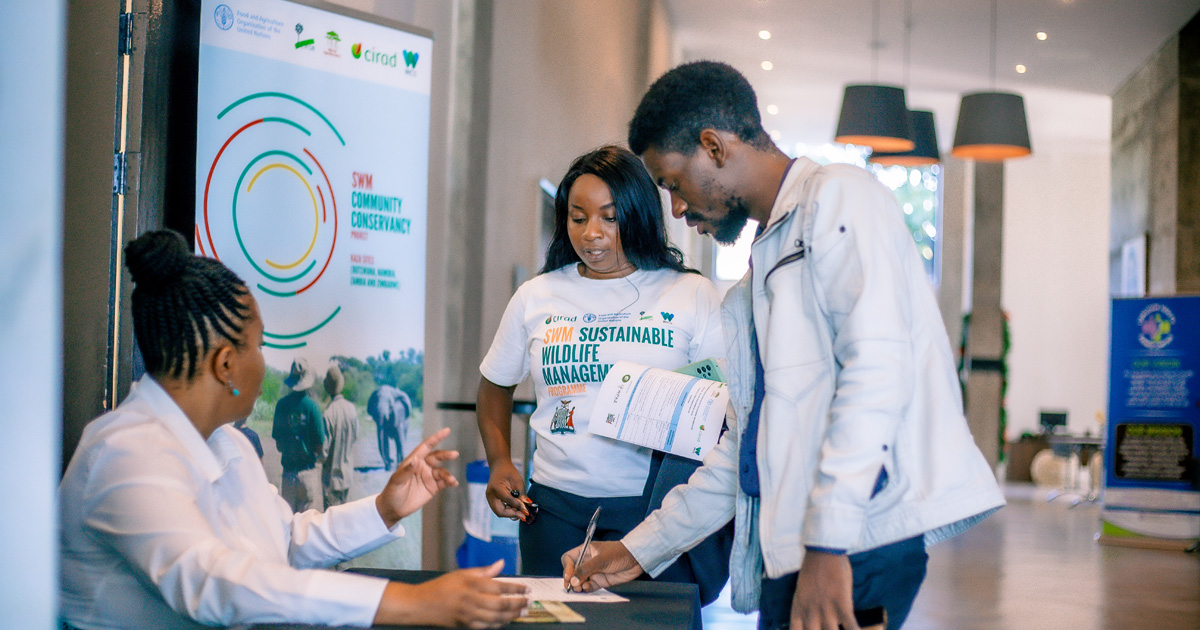Despite the fact that the exoskeleton of the Augosoma centaurus (Dynastinae) is hard and difficult to chew, this insect is often gathered in Eastern Cameroon for food in periods of availability. Nine ethnic groups in Eastern Cameroon were surveyed to understand the role of this insect in assuring food security, using quantitative and qualitative social science approaches. Both the larvae and adult stages of this beetle are habitually consumed in the areas studied. In total, about 65% of consumers prefer consuming the adults, while 35% prefer consuming the larvae. About 24% of consumers derive the same satisfaction from the consumption of Augosoma or other edible insects. Close to 39% of consumers prefer other edible insects to Augosoma, while 37% prefer the consumption of Augosoma to other edible insects. This beetle usually occurs at a period when other edible insects are not available, therefore constituting a good source of alternative protein in this region where poverty, poaching, and biodiversity erosion are still a major problem. Furthermore, the gathering of this beetle for food is equally a means of biological pest control of raffia plants and a tool to enhance community-based conservation of the areas global biodiversity
Download:
DOI:
https://doi.org/10.1155/2014/214071
Altmetric score:
Dimensions Citation Count:
























